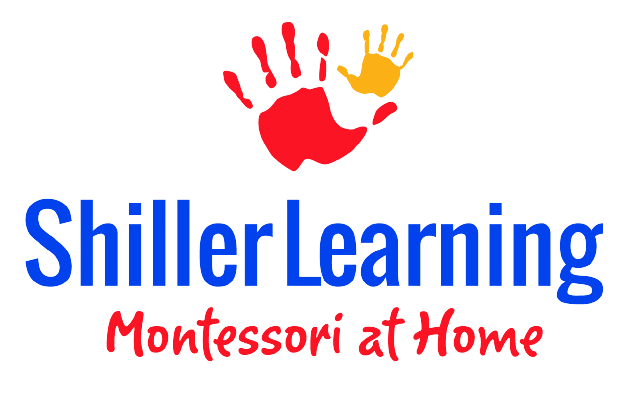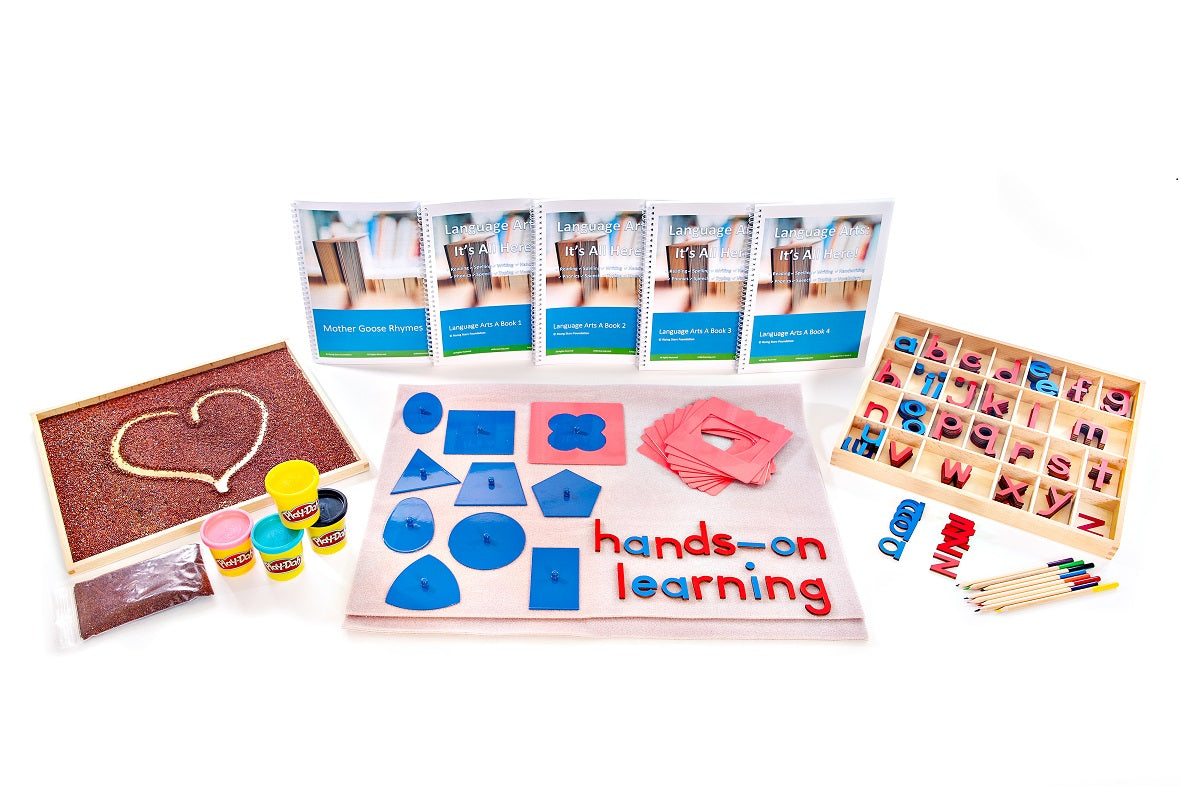Why Plastic Easter Eggs Are Awesome for Multisensory Learning
One of the best-kept secrets in multisensory learning for kids is likely nearby. You probably have dozens sitting around at home. They’re beautiful, hold up well to little hands, and have dozens of uses. Perhaps they’re part of a pretty display in your home.
I’m talking about Plastic Easter Eggs.
Why Plastic Easter Eggs Are Awesome for Multisensory Learning
Surprised? I’m not kidding. Plastic Easter eggs are an incredible tool for children. Not only can they help teach dozens of concepts, but they can teach children about creative thinking too. When we present children with an object in a totally different way than they’re used to seeing it, minds open.
As children move from concrete to abstract thinking, they begin to see the world in a new way. This is a critical skill for growing the brain and raising lifelong learners. We can help facilitate this process with activities like these. It sounds simple - a plastic egg - and it is simple to us. To a child, especially a young child, it can be surprising. These are also perfect for keeping a younger toddler occupied while working with an older child.
Your child may even laugh or seem puzzled when presented with these activities. This is normal and ok. Remember that children are still learning to see “shades of grey” so to speak. They’re still learning that objects can have multiple uses. Not only are you getting a versatile (and inexpensive) teaching tool, you’re expanding your student’s mind!
The Top Educational Activities to Create with Plastic Eggs
Gather up your Easter egg stash and together a few of these fun activities:
- Use old egg cartons to sort eggs by color
- One color onto each row or each crate
- Color the inside of an egg carton, match the eggs to the proper color
- Separate eggs and match the proper color
- Place into a sensory bin
- Use several different sizes of eggs
- Sort by color
- Sort by size
- Practice nesting the sizes
- Make a color wheel
- Match to similarly colored paint strips
- Put magnets inside for magnet fun
- Fill each egg with something different, the child may guess what’s inside
- Match pom poms or beads by color
- Create egg shakers for music
- Make two of each pitch to match the sounds
- Make patterns
- Motor skills work
- Opening/ closing the egg
- Using tweezers to pick up a half
- Using tongs to pick up a full egg
- Filling and emptying an egg
- Filling an egg with pom poms with a spoon, scoop, or tweezers
- Let a toddler who loves opening & closing things have at them!
- Poke holes on each end to string onto a string
- Fill with water
- Number each egg
- Put eggs in number order
- Sort eggs by even/ odd
- Skip count with eggs
- Use in place of number cards for math
- Match fractions with decimals
- Write a monetary value on the outside
- The student fills the egg with the proper coins to make that value,
- Or write the value of a coin on the outside and allow the student to sort coins into the proper egg,
- Match the number of dots to the proper number
- Put a letter on each egg and use for spelling (use one egg color for vowels and another for consonants)
- Create compound words- one portion on each half
- Write common word endings on one side with possible beginning letter combinations on the other
- Fill with snacks
- Decorate with washi tape
- Balance the egg on a spoon while walking around
- Build with egg halves
- Save for next year, fill and bring to a children’s hospital, retirement home, or similar location
- Make homemade putty to fill the inside
- Learn how to do this in our Sensory Activity Pack
- Write a state or country on one half and the capitol on the other half, separate eggs & children find the proper match.
Have another favorite use for plastic Easter eggs? Let us know about it so we can add it to our list.
We love to share creative ways to reuse common materials for education here on the blog so stay tuned for more.






